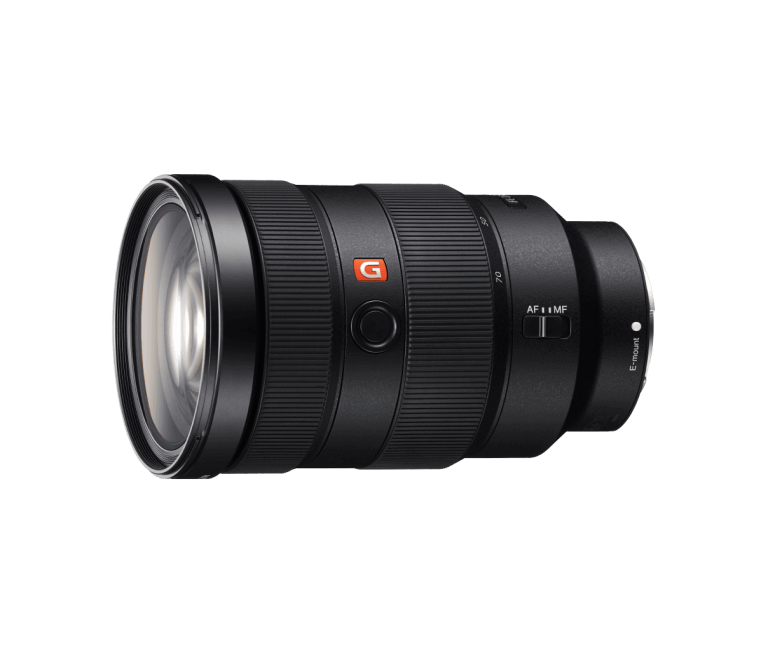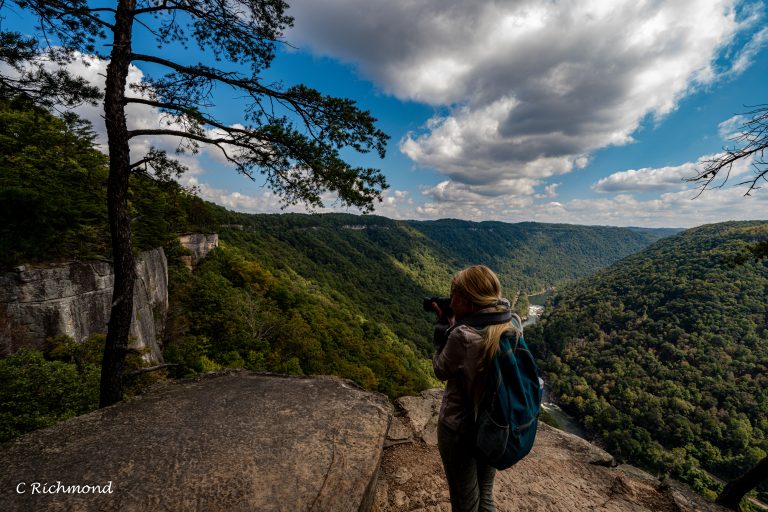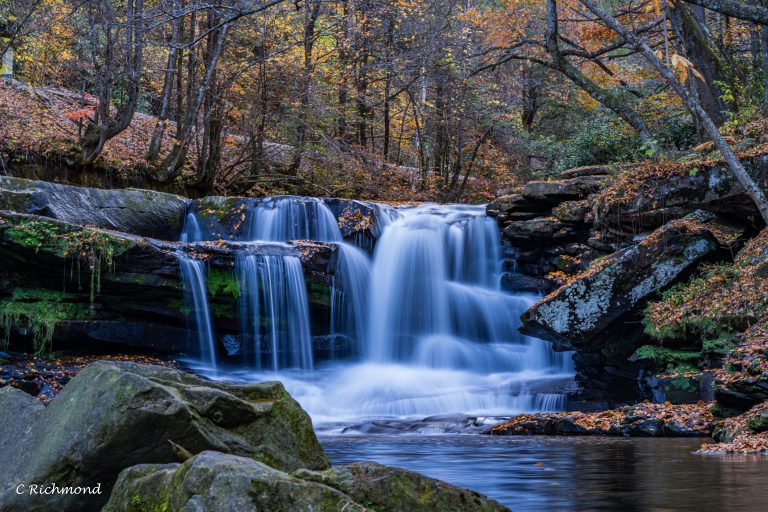What is Metering in Photography?
Behind every well-exposed photograph lies the fundamental principle of metering. Grasping its essence is pivotal for any photographer keen on producing consistently excellent shots, transcending the boundaries of auto mode.
The Essence of Metering in Photography
Definition and Core Purpose
Metering is the cornerstone of good photography. At its heart, it is a process by which cameras evaluate light to ascertain the best exposure. Grasping this mechanism is key to ensuring images vividly reflect the intended vision, free from over or underexposure.
How Metering Works: A Simplified Overview
Cameras are marvels of technology, but their understanding of light is what sets the foundation for a great photo. By measuring ambient light, cameras adjust settings to ensure the final image mirrors the photographer’s intent. Here, we’ll dive into the technology and mechanisms behind this process.
Types of Metering Modes and Their Application
Evaluative/Matrix Metering
A preferred choice for many, this mode breaks the frame into multiple zones, evaluating each for light. It’s like having several mini metering systems working in tandem to produce a balanced shot.
Center-Weighted Metering
With a bias towards the center, this mode is a favorite among portrait photographers. We’ll explore its nuances and best scenarios for its application.
Spot Metering
Precision is its hallmark. Spot metering zeroes in on a tiny segment of the frame, ideal for situations demanding meticulous attention, like spotlight performances.
Partial Metering
Occupying the middle ground between spot and center-weighted, this mode is versatile. From candid shots to specific scene captures, we’ll delve into its varied applications.
How Metering Impacts Your Photographs
Achieving the Right Exposure
A game of balance, achieving the right exposure is part art, part science. We’ll explore how metering aids in this, ensuring every part of the image, from shadows to highlights, is optimally exposed.
The Role of Histograms
Histograms, with their peaks and valleys, tell a story of light and dark. A deep dive into this tool reveals how it complements metering, providing insights into tonal distribution and aiding exposure decisions.
Using Metering in Different Photography Scenarios
Landscape Photography
- The Challenge of Dynamic Range: Landscapes often present a wide dynamic range, with bright skies and darker land. Discussing how to use metering to capture both without compromising is essential.
- Golden Hour Metering: This magical time can produce ethereal photos, but it’s crucial to understand how to meter for the soft, warm light without losing details in the shadows.
- Bracketing for HDR: A technique where multiple shots are taken at different exposures and then combined. Explore how metering plays a role in getting the right range of shots.
Portrait Photography
- Metering for Skin Tones: Skin tones are crucial in portrait photography. Dive deep into how different metering modes can impact the appearance of skin, ensuring it looks natural and well-exposed.
- Dealing with Backlit Subjects: When the light source is behind the subject, it can create metering challenges. Tips on using spot metering or exposure compensation in such scenarios will be beneficial.
- Indoor vs. Outdoor Portraits: Different lighting conditions require varied metering approaches. Dive into the nuances of each.
Wildlife and Sports Photography
- Capturing Motion: When subjects move rapidly, metering becomes pivotal to avoid blurs and get a sharp focus on the subject. Discuss techniques like tracking the subject and pre-metering.
- Low Light Challenges: Often, wildlife is active during dawn or dusk. Delve into metering techniques that help in low light conditions without increasing noise.
- Anticipating the Action: Especially in sports, understanding where the action will be and metering for that spot in advance can make all the difference.
Street Photography
- Dealing with Mixed Lighting: Urban environments often have varied light sources, from neon signs to street lamps. Tips on using metering to balance these will be invaluable.
- Capturing Emotions: Street photography is about moments. Discuss how to quickly meter for candid shots, ensuring the emotion is captured before it’s gone.
- Silhouettes and Shadows: These can create dramatic effects. Learn how to meter to emphasize shadows or create perfect silhouettes against bright backgrounds.
Macro Photography
- Depth of Field Challenges: Macro shots often have a shallow depth of field. Dive into how to meter for the most important part of the subject while ensuring the background doesn’t distract.
- Metering for Textures: The beauty of macro lies in details. Tips on using metering to bring out textures, be it the veins of a leaf or the scales of an insect, will be explored.
- Working with Reflective Surfaces: Subjects like dewdrops can throw off metering. Explore techniques to counteract this.
Astrophotography
- Metering for Star Trails: Long exposure shots that capture the movement of stars need specific metering techniques to avoid overexposure.
- The Milky Way and Galaxies: These celestial entities require a balance between capturing their faint glow without overexposing brighter stars. Delve into the intricacies of metering for such wonders.
- Moonlit Landscapes: Landscapes illuminated by the moon present unique challenges. Discuss metering techniques to capture the landscape without blowing out the moon’s details.
Common Challenges with Metering and Their Solutions
While metering is pivotal, it has its challenges. From high contrast scenes that confuse sensors to reflections that throw off readings, we’ll dissect common issues and offer tried-and-tested solutions.
Conclusion: Mastering Metering – The Gateway to Professional Photography
Metering is more than a technical tool; it’s the bridge between a photographer’s vision and its manifestation. As we wrap up, we’ll reiterate its significance, urging every enthusiast to delve deeper into mastering it, one shot at a time.






